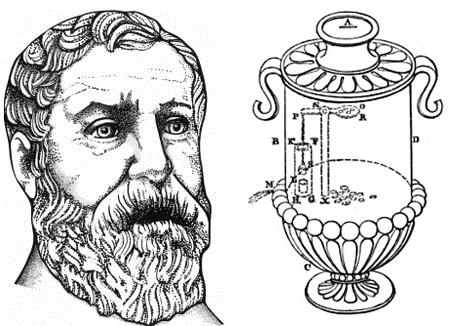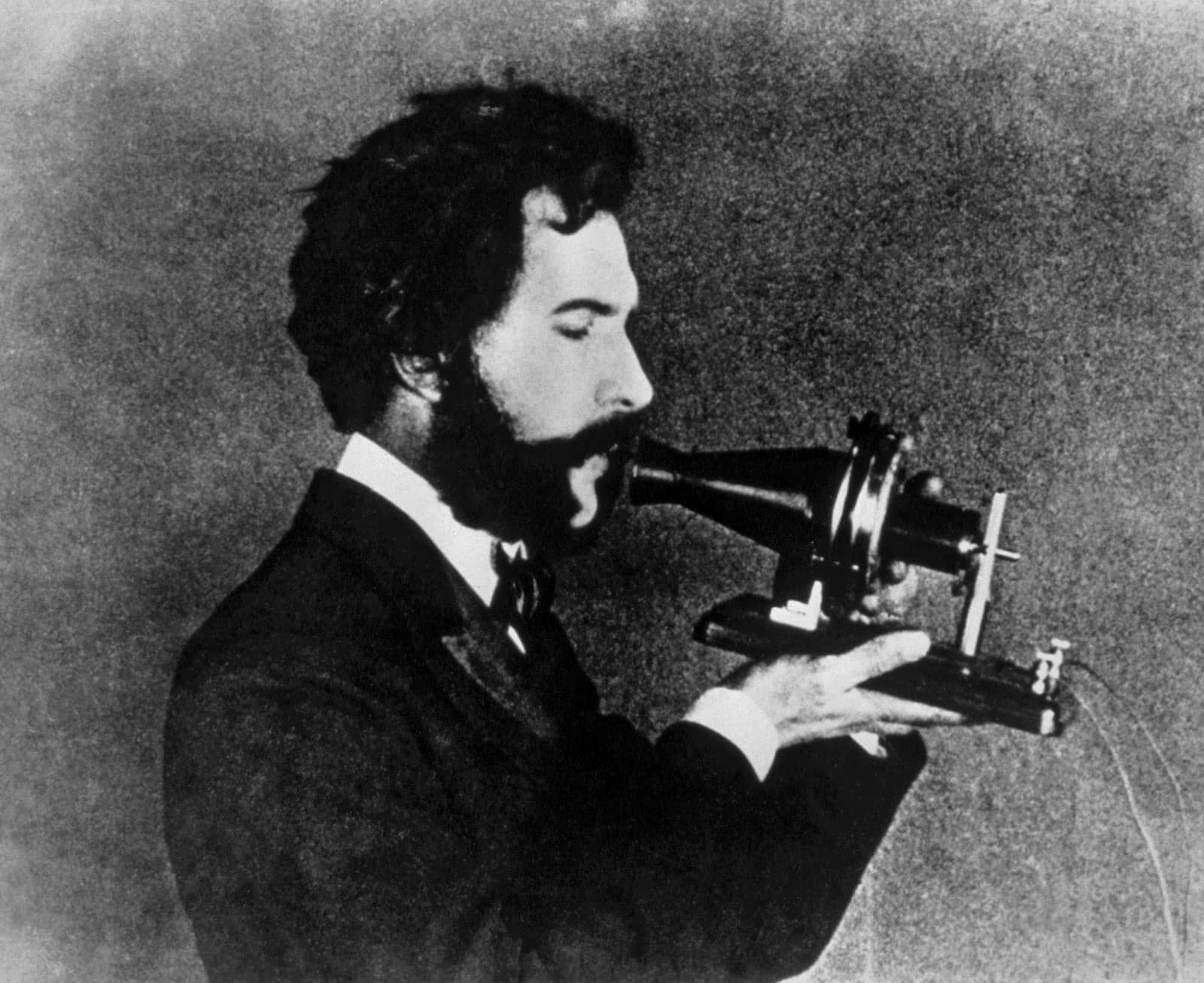THE ENGINE

Today’s Inventoon is the engine! What would we do without engines? We wouldn’t have cars, or trains or spaceships. The first engine was made almost 2000 years ago in the Egyptian city of Alexandria, by a man named Heron. Heron designed a ball, filled with water, with 2 pipes on the opposite sides, heated by a fire. When water in the ball boiled, steam would come out of the pipes. The steam would push against the air, and spin the ball. But unfortunately, a practical use for the engine happened only hundreds of years later.
Egyptian – egyiptomi
on the opposite sides – az ellentétes oldalain
pipe – cső
practical use – gyakorlati hasznosítás, gyakorlati haszon
spaceship – űrhajó
steam – gőz
to boil – felforr
to design – tervez
to fill sth with sth – megtölteni vmit vmivel
to heat – melegít
to push against – vmi ellen nyomódik, vminek nekinyomódik, tolódik
to spin – pörög, forog
THE LIGHTBULB
.jpg)
Today’s Inventoon is – oh, I know – the light bulb. Before the electrical light bulb people had to use candles and lamps if they wanted to see in the dark… and unfortunately this sometimes led to a few problems. Thankfully, in 1879, the famous inventor Thomas Edison came up with the solution. He put a piece of thread – coded in carbon – between two wires, and put the whole thing into a vacuum-sealed glass bulb. When he added electricity, the current, going through the filaments, caused it to glow. Of course, not everyone was happy about this!
candle – gyertya
carbon – szén
current – ár, áramlat
famous – híres
inventor – feltaláló
lamp – lámpa, lámpás
light bulb – villanykörte
thread – cérna
to add – hozzáad
to cause – okoz
to come up with a solution – előrukkolni egy megoldással
to glow – fénylik
to lead to a problem – problémához vezet
unfortunately – sajnos
vacuum-sealed – vákumosan lezárt
THE TELEPHONE

Today’s Inventoon is the telephone! Before the telephone the only way to send a message over a distance was to send it by mail or by telegraph. The telegraph was a machine that sent little electrical pulses to a wire to another machine on the other side. People sent these pulses in a special language called Morse code. Then, one day in 1876 Alexander Graham Bell was experimenting with the telegraph. Mr Bell figured out than human voices could be turned into an electrical signal and sent through a wire, just like the telegraph pulses. Mr Bell’s first words into the new telephone were to his assistant, and he said: “Watson, come here. I need you!”.”Hello, this is Watson. I’m not here right now. You can leave a message, right after the beep.”
electrical pulses – elektronikus impulzusok
wire – drót
code – kód
to experiment – kísérletezni
to figure out – rájön
signal – jel






